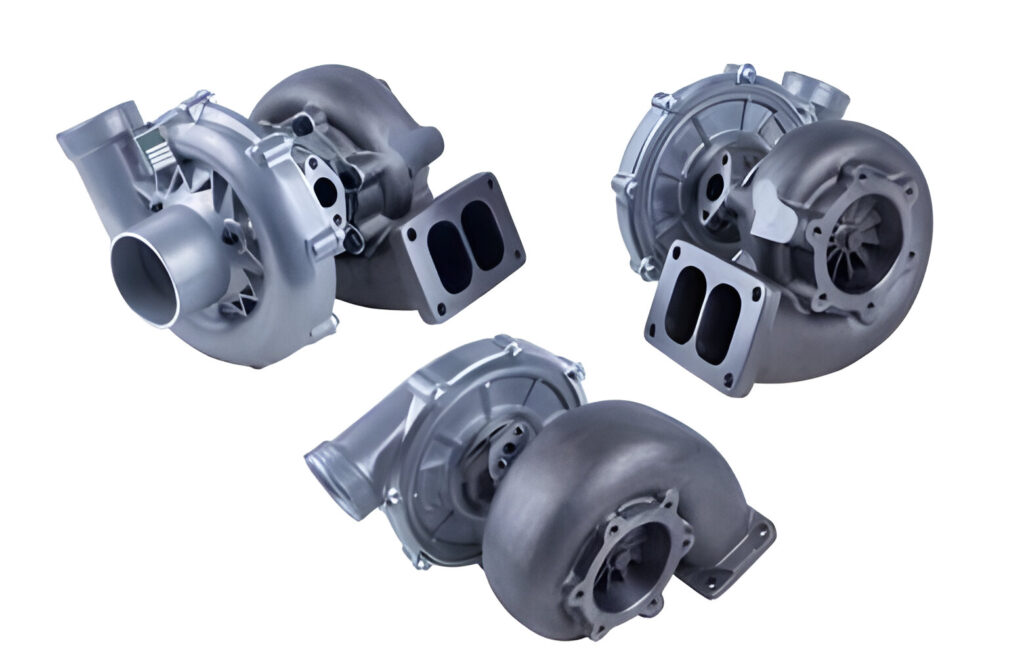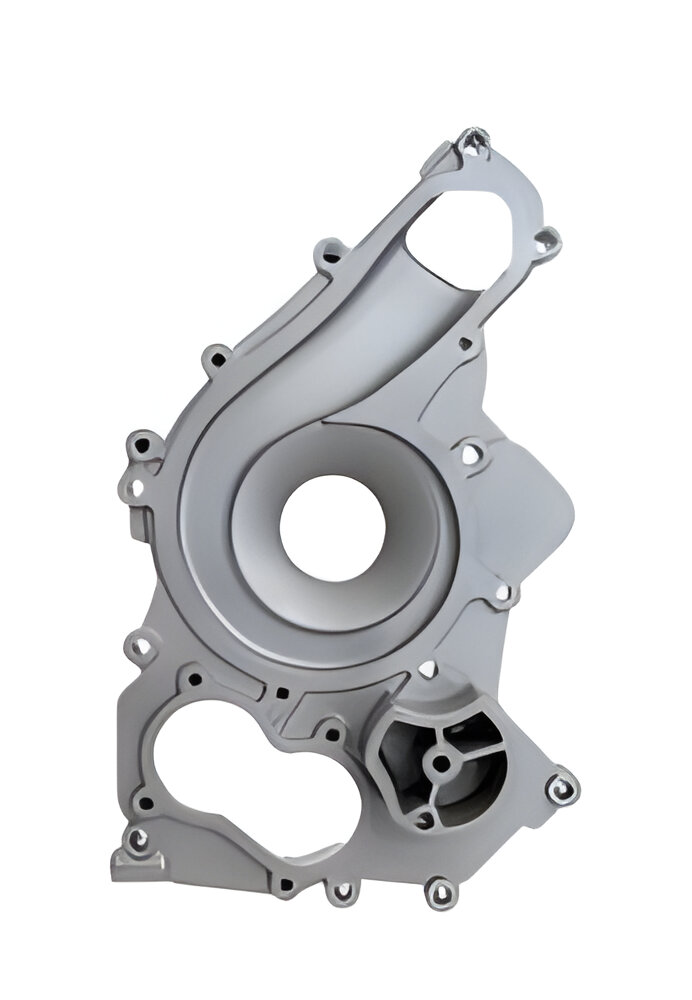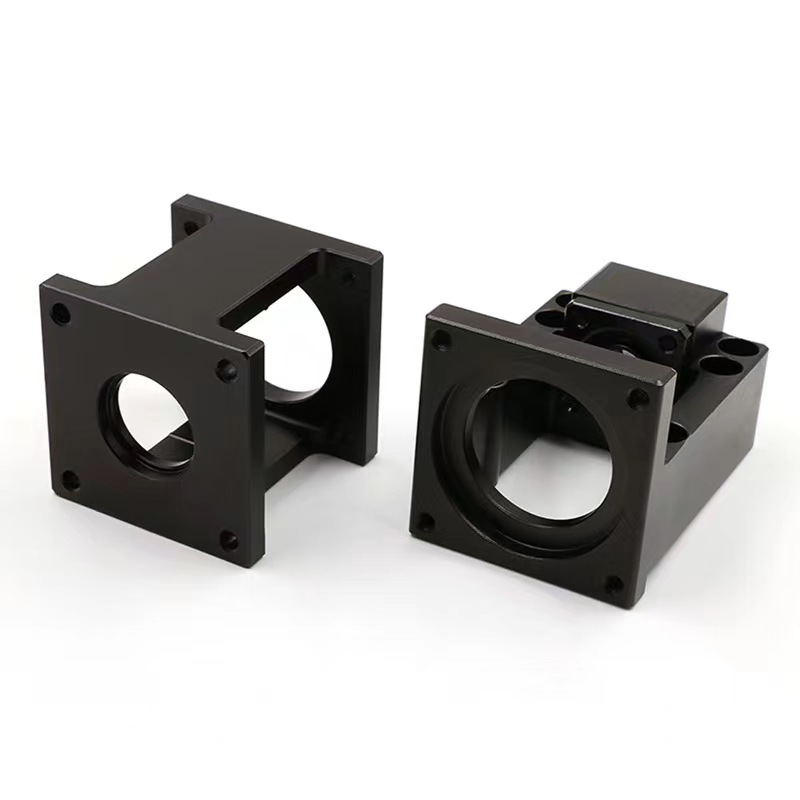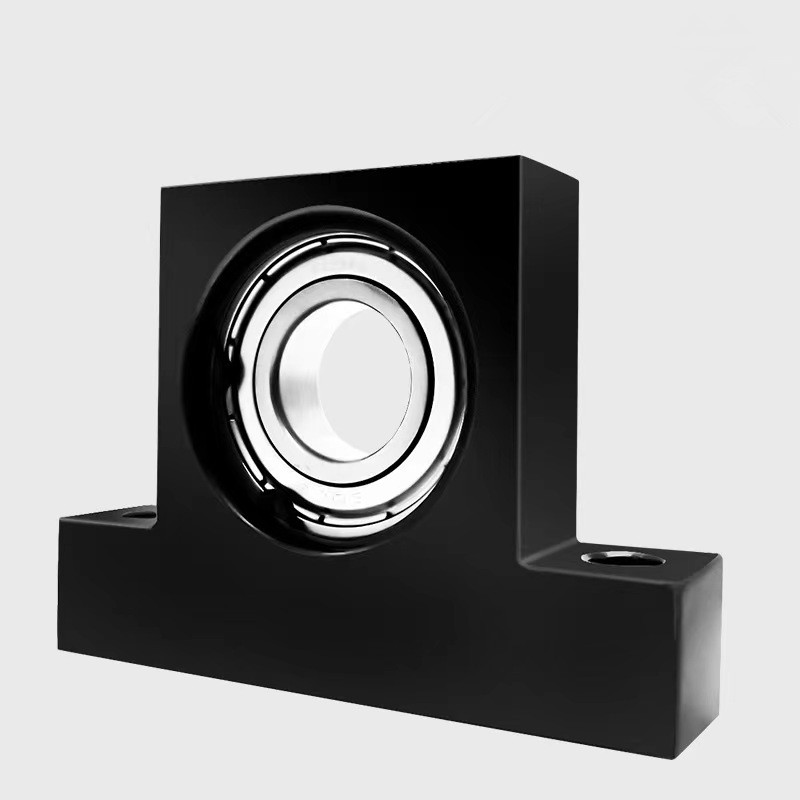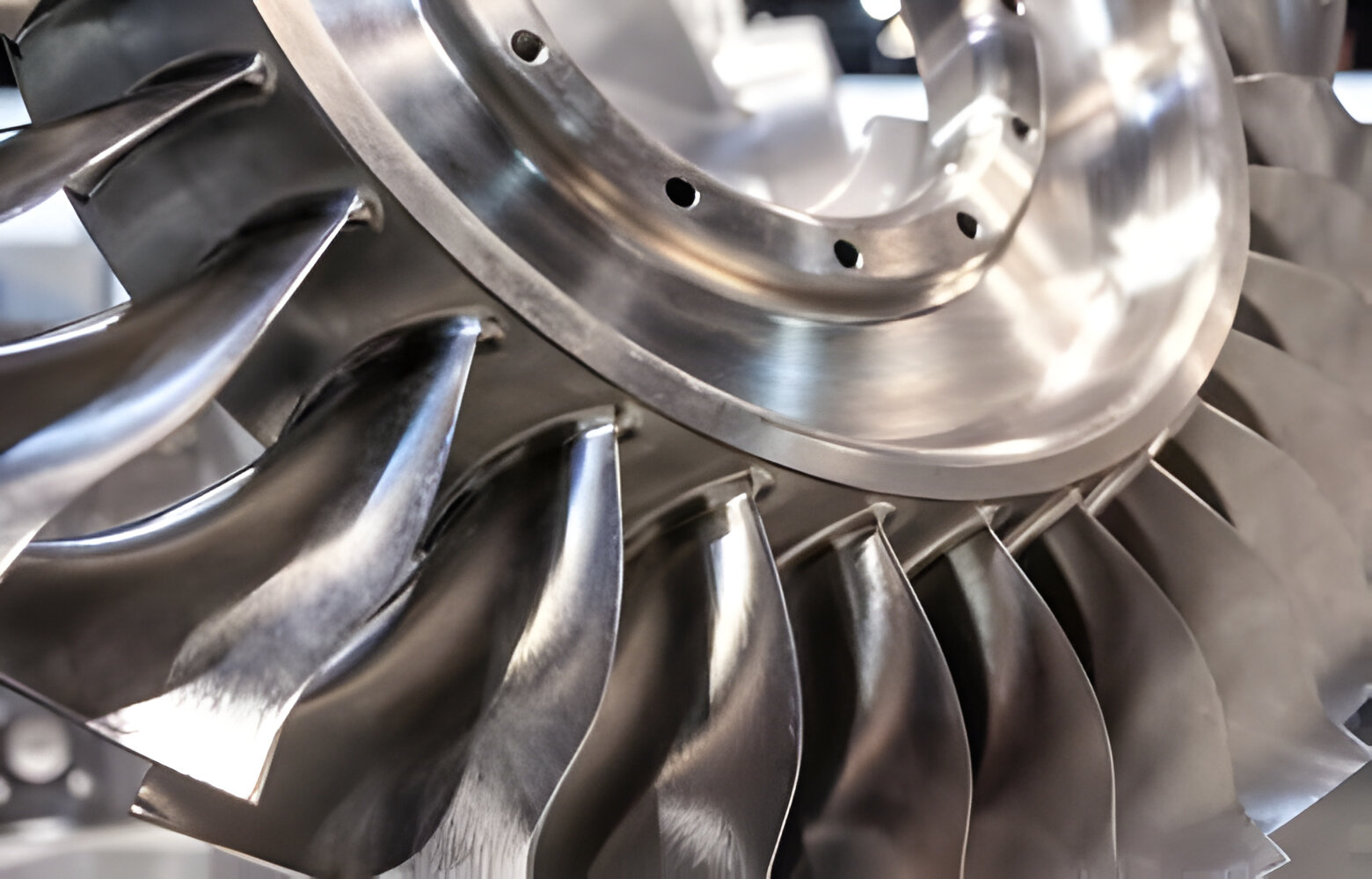Turbo manifolds play a crucial role in enhancing the performance of turbocharged engines by efficiently channeling exhaust gases to the turbocharger. Among the various materials used for turbo manifolds, stainless steel stands out for its superior properties. This article delves into the advantages, applications, and manufacturing techniques of stainless steel turbo manifolds, highlighting their significance in the automotive industry.
Advantages of Stainless Steel Turbo Manifolds
Stainless steel turbo manifolds offer several benefits that make them the preferred choice for performance enthusiasts and manufacturers alike:
- Durability and Strength: Stainless steel is renowned for its strength and durability. It can withstand high temperatures and pressures, making it ideal for turbo manifolds that are subjected to extreme conditions.
- Corrosion Resistance: One of the key advantages of stainless steel is its resistance to corrosion. This ensures a longer lifespan for the turbo manifold, even in harsh environments.
- Heat Resistance: Stainless steel maintains its integrity at high temperatures, which is critical for turbo manifolds that operate under intense heat.
- Aesthetic Appeal: Stainless steel turbo manifolds not only perform well but also add a polished, professional look to the engine bay.
Manufacturing Techniques: Sand Casting and Other Methods
Stainless steel turbo manifolds can be manufactured using various techniques, with sand casting being one of the most popular methods. Sand casting involves creating a mold from sand and pouring molten stainless steel into the mold to form the desired shape. This technique allows for complex shapes and intricate designs, making it suitable for turbo manifolds.
Sand Casting Process:
- Pattern Creation: A pattern of the manifold is created, typically from wood or plastic.
- Mold Formation: The pattern is placed in sand to form a mold.
- Pouring: Molten stainless steel is poured into the mold.
- Cooling and Finishing: Once the steel cools and solidifies, the sand mold is broken away, and the manifold is finished to precise specifications.
Other manufacturing methods include investment casting and fabrication, each offering its own set of advantages in terms of precision and finish.
Product Details and Practical Applications
Stainless Steel Turbo Manifold:
- Material: High-grade stainless steel
- Manufacturing Process: Sand casting or investment casting
- Applications: Ideal for high-performance vehicles, racing cars, and turbocharged engines
Stainless Steel Exhaust Manifold:
- Material: 304 or 316 stainless steel
- Features: Corrosion resistance, high-temperature tolerance
- Applications: Suitable for both naturally aspirated and turbocharged engines
Turbo Manifold Stainless Steel for Custom Builds:
- Customization Options: Available in various designs to fit specific engine setups
- Advantages: Enhanced performance, durability, and aesthetic appeal
Practical Application Scenarios
Stainless steel turbo manifolds are essential for high-performance applications where reliability and efficiency are paramount. They are commonly used in:
- Racing Cars: To maximize engine performance and withstand the rigors of competitive racing.
- Turbocharged Vehicles: To ensure efficient exhaust gas flow and turbocharger performance.
- Custom Builds: For enthusiasts looking to enhance the look and performance of their vehicles.
Contact Us for High-Quality Stainless Steel Turbo Manifolds
At KT Foundry, we specialize in manufacturing high-quality stainless steel exhaust manifolds using advanced techniques like sand casting. Our products are designed to meet the highest standards of performance and durability. Whether you need a standard manifold or a custom design, we have the expertise to deliver.
Visit our website (kt-foundry) to learn more about our products and services. Our team is ready to assist you in finding the perfect solution for your automotive needs. Contact us today to get started on your next project.

